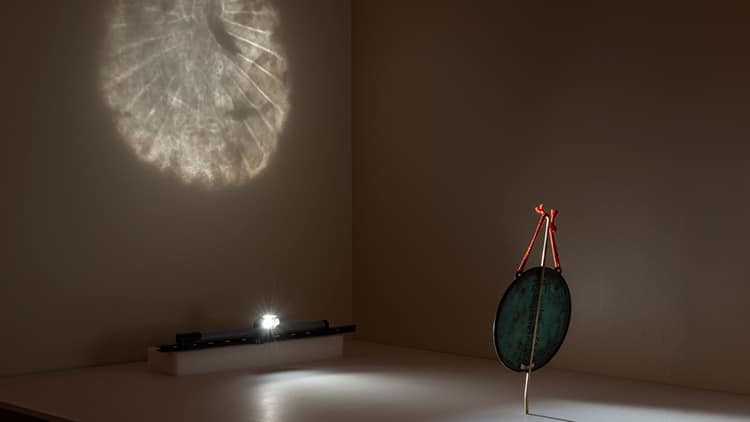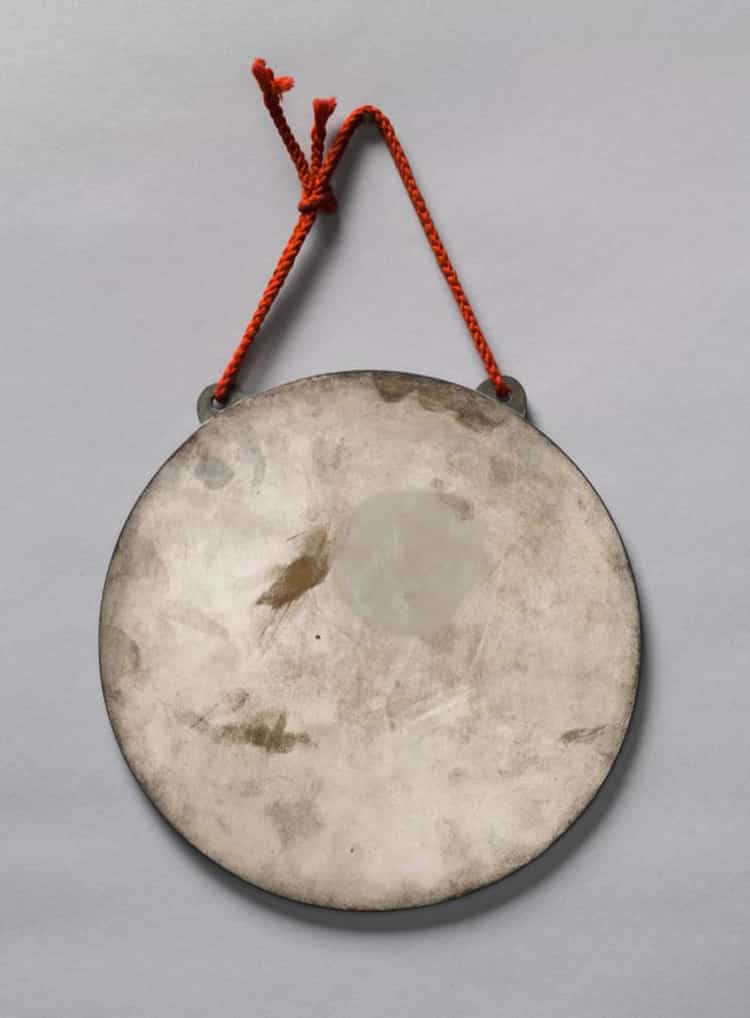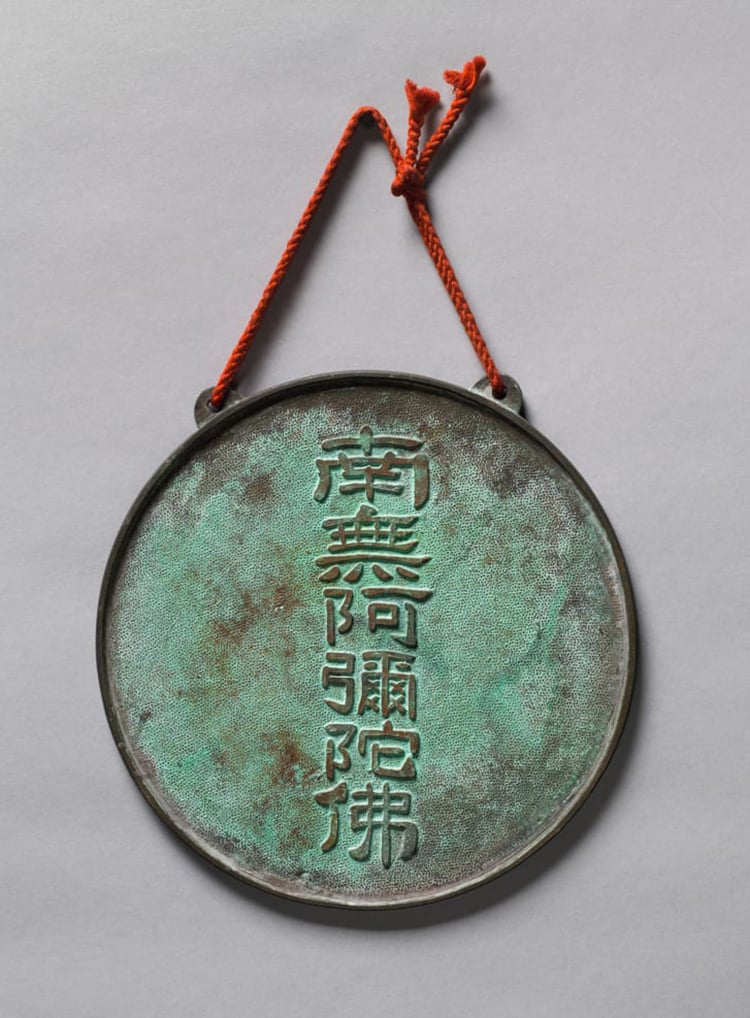The mirror reflecting its hidden image.
The antique mirror is crafted from elegant bronze, shined to reflective perfection.
For most of its over 50 years in the collections, the mirror was largely considered unexceptional.

The mirror reflecting its hidden image. (Photo:Rob Deslongchamps/Cincinnati Art Museum)
The earliest examples date back to China’s Han dynasty (202 BCE220 CE).
Other examples of these extraordinary mirrors were crafted in theEdo period of Japan.
The Cincinnati mirror was older, dating to the 15th or 16th century.

The hidden image. (Photo:Rob Deslongchamps/Cincinnati Art Museum)
It shared a similar design with the Edo examples but was smaller and had a more complex Chinese script.
In the storage room of the museum, Dr.
Sung asked a conservation expert to shine a light on the mirror.

The face of the mirror. (Photo:Rob Deslongchamps/Cincinnati Art Museum)
The conservator used her phone flashlight and directed the beam at the shiny surface.
We were so excited, Dr. Sungsaid.
They then slowly smoothed down the metal on the other side and polished it to a reflective sheen.

The bronze back of the mirror. (Photo:Rob Deslongchamps/Cincinnati Art Museum)
The mirror’s varying thickness would then subtly mimic the image in curvature on the reflective side.
That side was then covered in a mercury-based coating which subtly added further definition to the image.
The result is a reflective mirror with only the subtlest variations which, when lit, reflect a pattern.
That’s why they are so rare.
Researchers discover a small, bronze Japanese magic mirror in the collections of the Cincinnati Art Museum.
The face of the mirror.
The bronze back of the mirror.